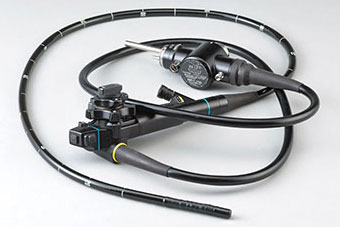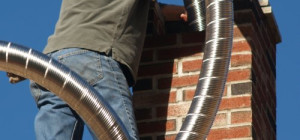 Endoscopic procedures are very common. They are popular, because they are minimally invasive, leaving patients with almost no recovery time and no scarring. But what is an endoscope and how does it work?
Endoscopic procedures are very common. They are popular, because they are minimally invasive, leaving patients with almost no recovery time and no scarring. But what is an endoscope and how does it work?
Endoscopic Equipment
Essentially, an endoscope is a lengthy tube that doctors use to look at the inside of a person’s body so that they can determine what problem they have and how to treat it. The tube is fitted with a light and camera, and doctors follow it on screen. The equipment, like all medical tools, is very expensive and has to be handled properly. It should also be maintained and sterilized with a product such as CIDEX OPA.
There are actually different types of endoscopes, being:
- Arthroscopes for joints.
- Bronchoscopes for lungs.
- Colonoscopes for the colon.
- Cystoscopes for the bladder.
- Gastroscopes for the stomach, intestines, and throat.
- Hysteroscope for the uterus.
How to Maintain an Endoscope
- It should only be handled by properly trained individuals. Full accountability should be in place so it is always known who has, used, and cleaned the equipment. Quality management should oversee this.
- Anyone who handles an endoscope should have received some basic training. This should include handling, maintaining, and cleaning them. The product manual should be properly read by everyone who uses the endoscope, but should not be seen as the sole maintenance document. As such, physicians, nurses, and aides should complete Continuous Medical Education training in endoscopes and attend conferences as well. An added benefit of doing this is that it gives them networking opportunities as well. Information sharing is also very important.
Four Tips on Handling Equipment
- Make sure that only proactive and responsible people are allowed to be in charge of the various tools. If they see that there is a blocked tool, an outflow, a failure during a leak test, or any other problem, they should immediately perform or request repairs. If not properly repaired, an endoscope could break inside a patient, cause infections, or lead to wrong diagnoses to name but a few problems.
- The endoscope has to be properly sterilized at all times, cleaning them to the highest possible standard. If the tool is bendable, it is vital that the particles left behind after use are properly removed as well. More than eight stages of sterilization should be completed regularly. The clinic will have policies and procedures in place about how often deep sterilization has to be completed.
- If a user suspects there is a problem with the endoscope, they should raise this issue immediately and take the necessary precautions. All tools should be checked regularly and should be maintained on schedule.
- Internal inspections must be completed by properly trained repair firms. They should follow strict procedures for this, avoiding the risk of human error. If a substandard repair is ever noted, this should be flagged up immediately to stop further mistakes from happening.
Endoscopes are popular and commonly used pieces of medical equipment, but they are complex and should be looked after properly.







